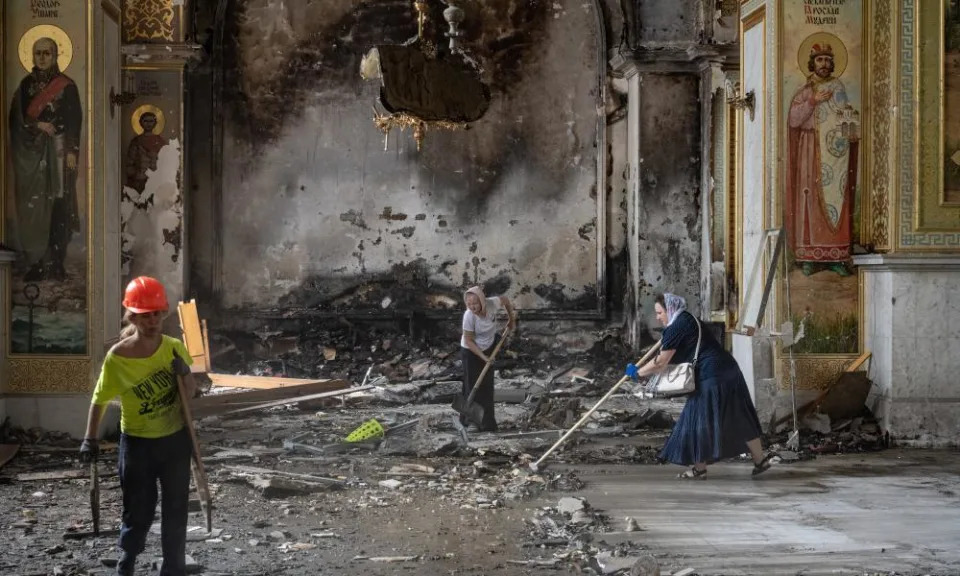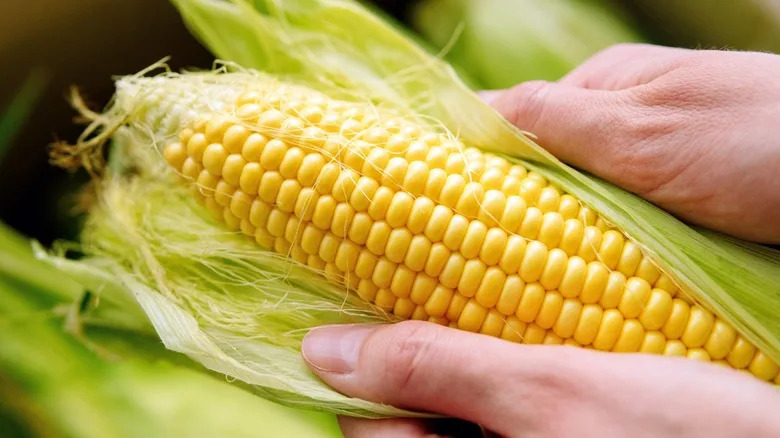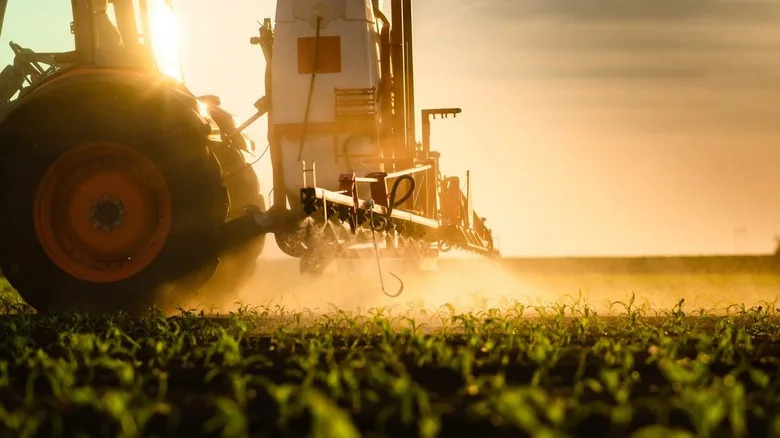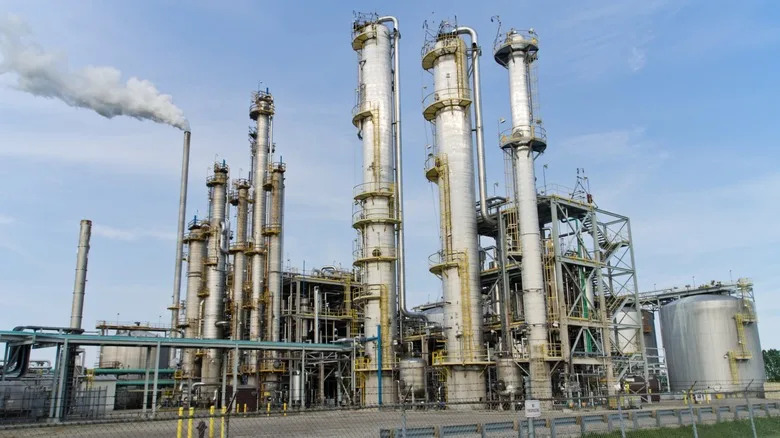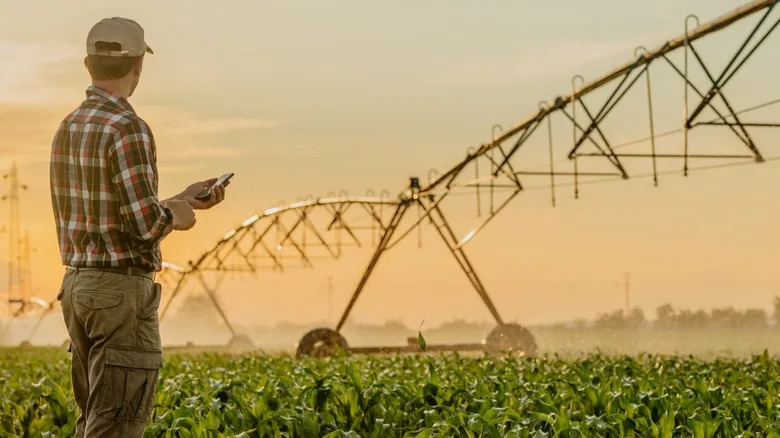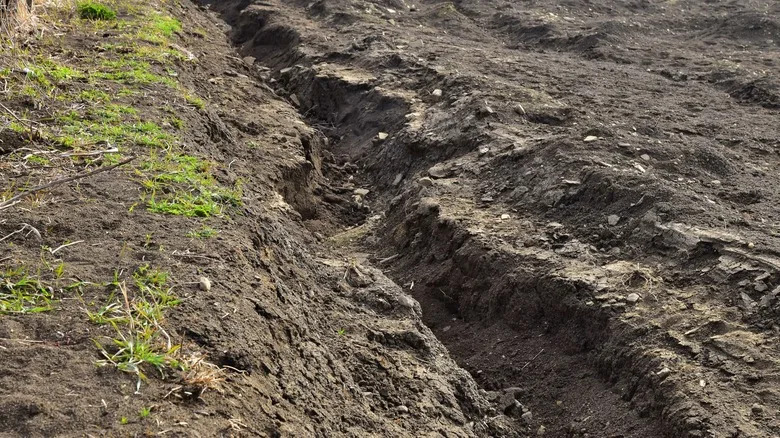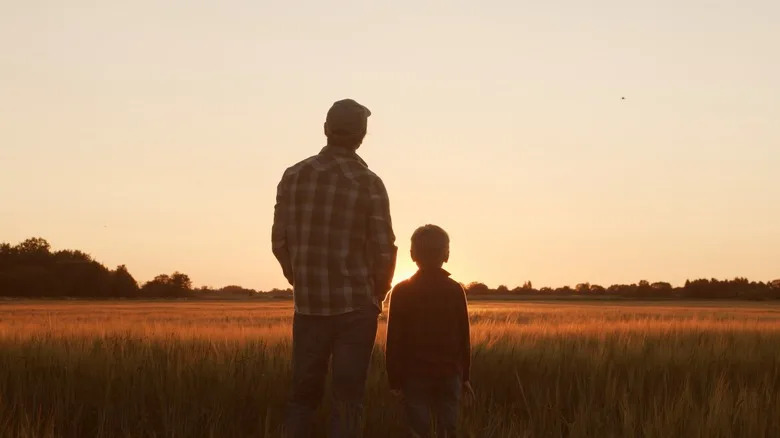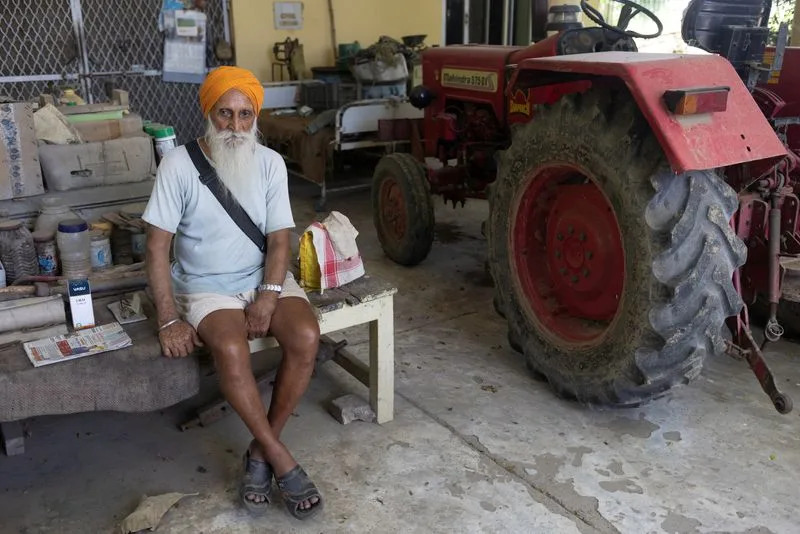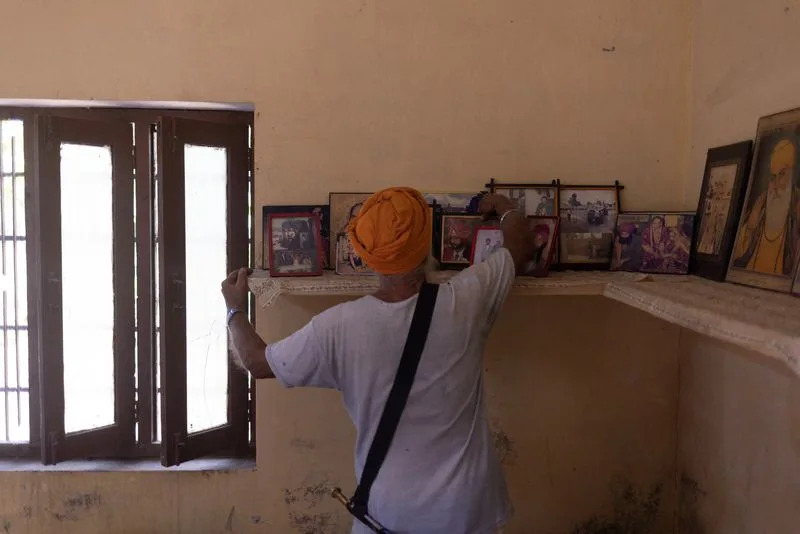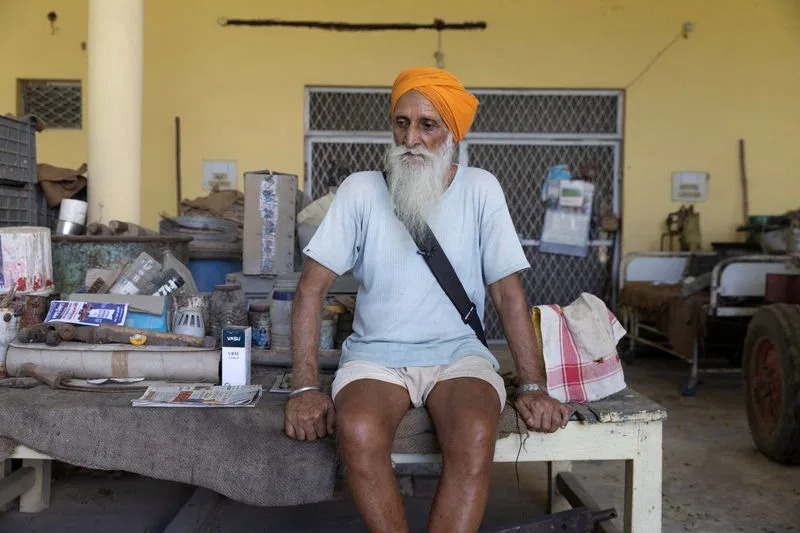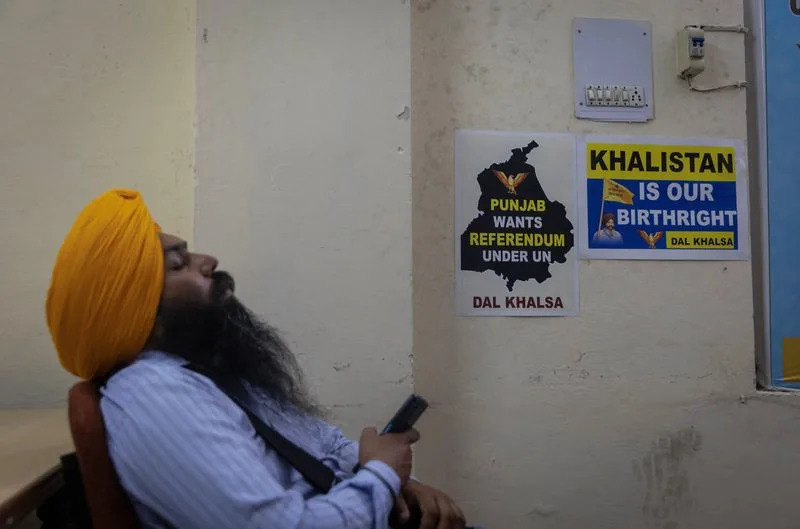For their own sake, Western nations must contend with the politics of the large and growing diaspora communities they host.
September 24, 2023
Opinion
By Mihir Sharma
Mihir Sharma is a Bloomberg Opinion columnist. A senior fellow at the Observer Research Foundation in New Delhi, he is author of “Restart: The Last Chance for the Indian Economy.”

Divisions on display.
To most of the world, the Indian government’s response to Canada’s charge that it may have sponsored the murder of a Sikh activist in British Columbia must be befuddling. India has strenuously denied the charges, for which Canada has provided no evidence publicly as yet.
But the Indian government has also gone further and blasted Canada for supposedly hosting a “nexus of terrorism,” serving as a “safe haven” for extremism and organized crime, and much else. Indian investigators have even released a list of what they call “terror-gangster networks” based in Canada. This is all absurdly detached from Canada’s popular image as a polite and welcoming multicultural utopia.
That will no longer be possible. Even small, liberal countries such as Canada, Australia, and Sweden must now contend with the consequences of diaspora politics.
Sweden, for example, faced a particularly pernicious dilemma when Turkey blocked its entry into NATO on the grounds that it hosted Kurdish separatists. The Swedish government had to balance Turkey’s concerns and its own urgent security needs against its constitutional commitments to free speech and dissent.
Of course, peaceful political expression must be defended. And countries with a reputation for taking in refugees and asylum seekers, such as Canada and Sweden, will naturally host many more dissenters than elsewhere.
The problem is when, as sometimes happens in communities still focused on the disputes they left behind, dissent slides into extremism. How long can governments ignore political radicals merely because they are confining their activities to their old homes, not their new ones?
Canada, in particular, has had a long history of tolerating supporters of militancy abroad. Even after 9/11 built pressure on all Western allies to root out supporters of terrorism, Ottawa resisted calls to clamp down on local financial support for Hezbollah.
Canadian communities also provided much of the financing for Sri Lanka’s Liberation Tigers of Tamil Eelam — who, famously, invented suicide bombing. A lot of that money was raised, according to human-rights activists, by intimidating Canadian citizens who still had relatives in Sri Lanka.
Now tensions have begun to flare domestically as well. Last year, violence between Hindus and Muslims broke out in the post-industrial town of Leicester, while Sikhs and Hindus clashed in the middle of downtown Melbourne in January. Two years earlier, a Hindu man who had been deported from Australia for allegedly attacking Sikhs was given a “hero’s welcome” when he returned to India.
It’s easy to view such clashes as the natural consequence of India’s increasingly radicalized and divided politics. But that’s only part of the story. In fact, diaspora communities themselves are often more radical than those they have left behind and have exported their fundamentalism back home.
The revival of Hindu supremacism in India, for example, owes a great deal to the financing and ideological leadership provided by Indian Americans. For their part, Indian investigators have long worried that a rash of murders of Sikhs for supposed blasphemy are related to fundamentalist views being financed from Canada.
As Leicester and Melbourne show, ignoring the political churning within diaspora communities is unwise. Yet politicians have clear political incentives to minimize the danger, especially in countries such as the UK or Canada that pride themselves on their multiculturalism. In 2019, for example, the Canadian government removed a reference to Sikh extremism from an official report on security threats after community complaints.
The risk is that the most deeply conservative, and sometimes extremist, members of a diaspora are then treated as their community’s legitimate voices. Law enforcement and political parties will reach out to them — or the religious institutions they often run — for support.
This severely disadvantages more liberal figures within the communities themselves. It creates tensions that threaten to spill out onto the streets of the West. And, as we’ve seen, it can enrage governments you may hope to befriend.
Western nations must continue to welcome dissenters and persecuted minorities — and should vigorously defend their right to free speech, their property, and their lives. But governments should also try to promote healthier conversations with and within diaspora communities.
The West is still struggling to do both. The concerns India is raising would not justify the actions of which it’s accused. Nonetheless, Canada and others should examine those concerns for their own sake, not India’s.
